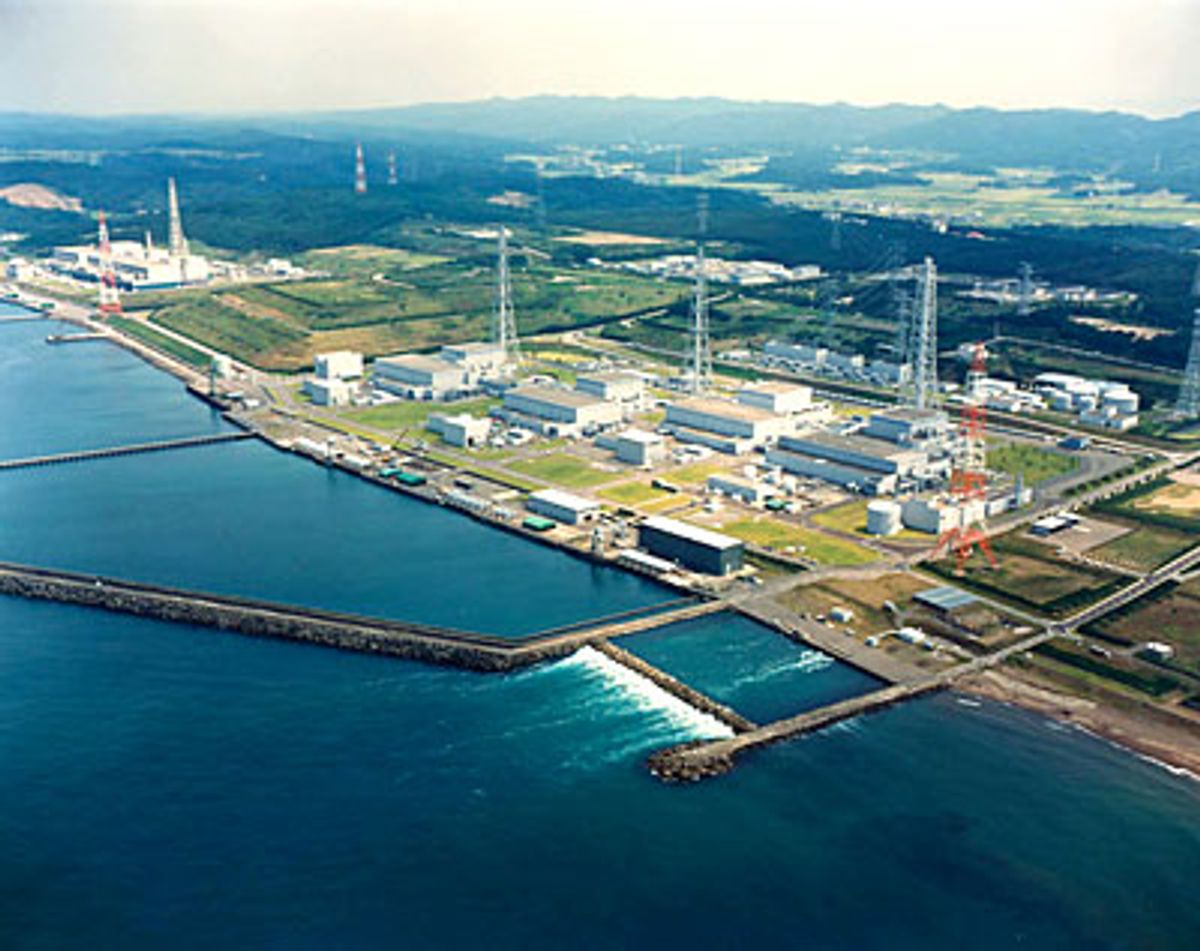Starting Monday, Tokyo Electric Power Company (TEPCO), Japan’s largest electric utility, and Tohoku Electric Power Company, based in Sendai, plan to introduce rolling power cuts throughout their areas of coverage. TEPCO supplies electricity to Tokyo and seven surrounding prefectures with relatively large populations, including Kanagawa, Saitama, and Chiba. The measure is necessary after several of the companies’ nuclear power plants in northeastern Japan were damaged or shut down by the 9.0-magnitude earthquake that struck Friday and the tsunami that struck soon afterward.
Yukio Edano, Japan’s chief cabinet secretary, said in a press conference Sunday evening that TEPCO estimates a shortfall of roughly 10 million kilowatts when Japanese industry and businesses go back to work on Monday. Under normal conditions, the company generates some 41 million kilowatts..
TEPCO plans to divide its region of coverage into five areas and alternately cut power to each area for 3 hours. “This is to avoid unexpected and sudden outages” when demand rises above TEPCO’s reduced capacity, said Edano. The company will publish a schedule of the planned outages on its website later.
Earlier in the day Banri Kaieda, minister of economy, trade, and industry, said he and Prime Minister Naoto Kan had met with the Japan Federation of Economic Organizations (Nippon Keidanren) and the Japan Chamber of Commerce and Industry to discuss ways industry and businesses could reduce electricity demand. Both men also urged Japanese citizens to make every effort to reduce use of electricity in their homes. But a meeting with TEPCO and Tohoku Power Company made it clear such measures would not be sufficient to bridge the demand gap.
Hopes that power companies in western Japan would be able to make up the shortfall also seem dismal in the short term. These companies generate power at 60 Hz, but eastern Japan uses 50 Hz. “So it will be difficult for them to help,” said Edano.



